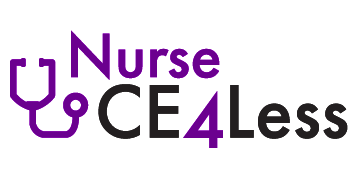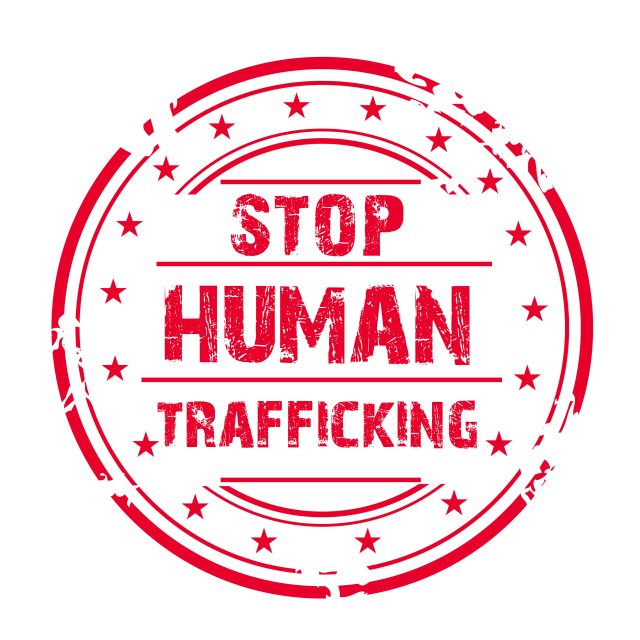Course Summary
Human trafficking is a modern-day form of slavery. Human traffickers feed off the weak and vulnerable. Every year, millions of women, children, and men all over the world are driven into prostitution or forced labor by violence, coercion, deception, or a combination of all three. These victims come from a wide variety of backgrounds. A common denominator that these victims often share is that they are vulnerable, and they have very limited resources. The perpetrators of human trafficking target people who simply cannot fight back, and human trafficking places these people into situations from which there is little chance of escape
Course Format
Homestudy
Learning Objectives
- To help interdisciplinary health teams identify victims of human trafficking and to understand their roles to rescue trafficked individuals
Course Syllabus
- Introduction
- Victims of Trafficking and Violence Protection Act and 22 USC Ch. 78: Trafficking Victims Protection
- Human Trafficking Statistics and Trends
- Statistics
- Trends
- Forms of Human Trafficking
- Debt Bondage
- Domestic Servitude
- Forced Labor
- Sex Trafficking
- Forced Marriage
- Organ Trafficking
- Human Trafficking Perpetrators and Victims
- Consequences of Human Trafficking
- Psychological Consequences
- Physical Comorbidities
- Methods of Human Trafficking
- Isolation
- Degradation
- Omnipotence
- Monopolizing Perception
- Indulgences
- Trivial Demands
- Inducing Debility
- Recognizing Victims of Human Trafficking
- Assessment of Trafficked Victims
- Interviews for Suspected Victims
- Reporting Human Trafficking
- Role of Interdisciplinary Health Teams
- Research Review: Human Trafficking and Mental Illness
- Summary


